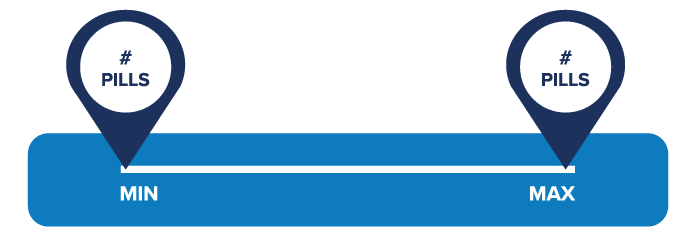DATA ANALYSIS
Harbaugh et al. 2019 (Level 3 evidence)
- DOI: 10.1001/jamasurg.2019.2529
- Included Procedures: Laproscopic Appendectomy
- April 2018 – November 2018
- 59 Patients
- 97% of patients (57/59) were not prescribed or did not use opioids following surgery
SUPPORTING LITERATURE
Kelley-Quon et al. 2022 (Level 2 evidence)
- DOI: http://doi.org/10.1097/XCS.0000000000000056
- Analyzed data from 1,524 children who underwent appendectomy at 10 institutions from January-December 2019.
- Opioid prescribing can be minimized using institutional protocols.
- After intervention, overall prescribing decreased from 18.2% to 4% and mean pain satisfaction scores were high.
Cina et al. 2022 (Level 2 evidence)
- DOI: http://doi.org/10.1016/j.jpedsurg.2022.04.019
- Retrospective study of appendectomy patients (average age 11yo) and opioid prescribing/consumption patterns.
- Analyzed data from 1,789 pediatric patients who underwent an appendectomy at a single institution between January 2014-December 2017.
- Older age, previous opioid exposure, and shorter hospital stay are associated with increased risks of chronic opioid use.
Creamer et al. 2020 (Level 3 evidence)
- DOI: https://doi.org/10.1016/j.jpedsurg.2020.09.067
- Retrospective study of appendectomy patients (median ge of 10yo) and pain scores, opioid exposure, and discharge opioid prescribing habits.
- Analyzed data from 258 pediatric patients who underwent an appendectomy at a single institution between 1 April- 31 December 2018.
- Post-guidelines there was a significant decrease in the number of doses of opioids, length of hospitalization, and days of opioid exposure.
- Number of doses pre-guideline = 0-26.
- Number of doses post-guideline = 0-11.
Manworren et al. 2021 (Level 3 evidence)
- DOI: https://doi.org/10.1016/j.pmn.2021.02.011
- Prospective exploratory and descriptive study of appendectomy patients.
- Analyzed data from 96 pediatric patients (mean age of 14yo) who underwent a laparoscopic appendectomy at a single institution.
- Prescribed 16 ± 6.5 opioid pills to treat pain at home. Patients used 6.6 ± 6.3 pills by pill count but self-reported 5.6 ± 5.1 pills.
- Of the 749 opioid-containing pills prescribed to 49 patients who returned data, 689 pills (92%) were dispensed, 167.5 (22.4%) were used for the reason prescribed, 488 (65.2%) were returned to families for disposal, and 53.5 (7.1%) were missing.
Freedman-Weiss et al., 2020 (Level 2 evidence)
- DOI: 10.1016/j.jpedsurg.2019.09.063
- Patients 5-20 years old who underwent laparoscopic appendectomy.
- 77 patients consented, 49 completed interview. Of these, 7 either wanted opioid or used opioid. Avg MME 3 doses.
- Main outcomes: quantity of opioids used, desire for an opioid, presence of pain ≥ 4/10, and need for follow-up/ call owing to pain.
- 83% did not use or desire an opioid and reported pain < 4/10 after discharge.
- 86% interviewed satisfied without use opioid.
- No zero-opioid patients had unanticipated follow-up for pain concerns.
- Conclusion: recommend acetaminophen and ibuprofen as main form of pain management. If prescribing opioids, consider maximum of 3 doses for population most at risk of uncontrolled pain (male adolescents, those discharged rapidly after surgery, those using inpatient opioids).
